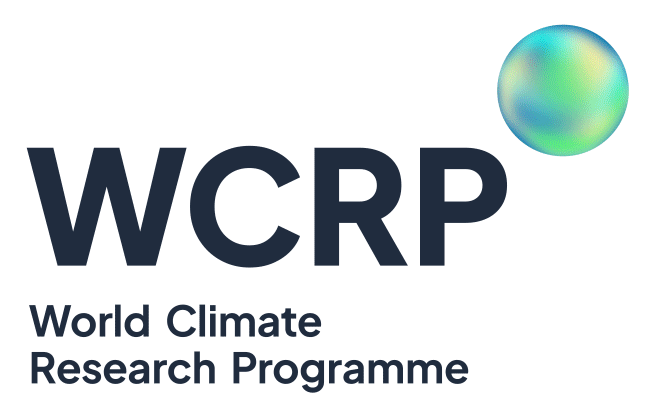The Benguela Upwelling System: Quantifying the Sensitivity to Resolution and Coastal Wind Representation in a Global Climate Model

Of all the major coastal upwelling systems in the World’s ocean, the Benguela, located off south-west Africa, is the one which climate models find hardest to simulate well. This paper investigates the sensitivity of upwelling processes and sea surface temperature (SST) in this region to resolution of the climate model and to the offshore wind structure. The representation of wind stress curl is the key factor governing the upwelling response, in line with previous theoretical literature. When the wind stress curl is too broad (as with a 1o atmosphere model or coarser), a Sverdrup balance prevails at the eastern boundary, implying southward ocean transport extending as far as 30oS and warm advection (Figure1). Higher atmosphere resolution, up to 0.5o, does bring the atmospheric jet closer to the coast, but there can be too strong a wind stress curl. The most realistic representation of the upwelling system is found by adjusting the 0.5o atmosphere model wind structure near the coast towards observations, whilst using an eddy-resolving ocean model (Figure 2). A similar adjustment applied to a 1o ocean model did not show such improvement.
Written by Justin Small
Figure 1: Fig.1. Eastern boundaries in a global climate model with a coarse, 2o atmosphere, annual mean. Top Right: Depth-integrated meridional current to 500m multiplied by βρ0 where β is the meridional gradient of Coriolis force, ρ0 is a reference ocean density. Under Sverdup balance this should equal the curl of the wind stress shown in top left. Bottom left: surface meridional velocity. Bottom right: vertical velocity at 40m depth. With a 2o atmosphere in CCSM4, approximate Sverdrup balance holds in eastern boundaries and sub-tropical gyres. General poleward flow at eastern boundaries tends to produce a warm SST error by flux of heat poleward. Likewise, vertical velocity is wind-stress-curl (Ekman-pumping) driven. This figure is produced from data discussed in Small et al. (2015).

Figure 2: a) temperature (taken as SST), for JJA seasonal mean, from a) model with ROMS embedded in global climate model, but poor wind stress forcing (nRCM-0.5 experiment). b) as a) but with wind stress modified to resemble observations (nRCM-MOD experiment), c) from the NOAA analysis of observed SST at 0.25o (OISST, Banzon et al. 2014). Note that the field in a) resembles typical climate models, and does not show an upwelling front, which is clearly seen in b) and c). Adapted from Small et al. (2015).















Add new comment